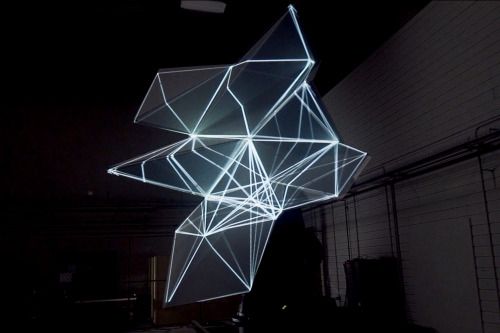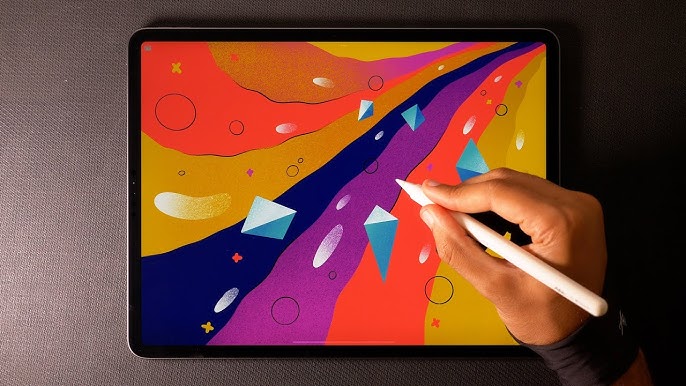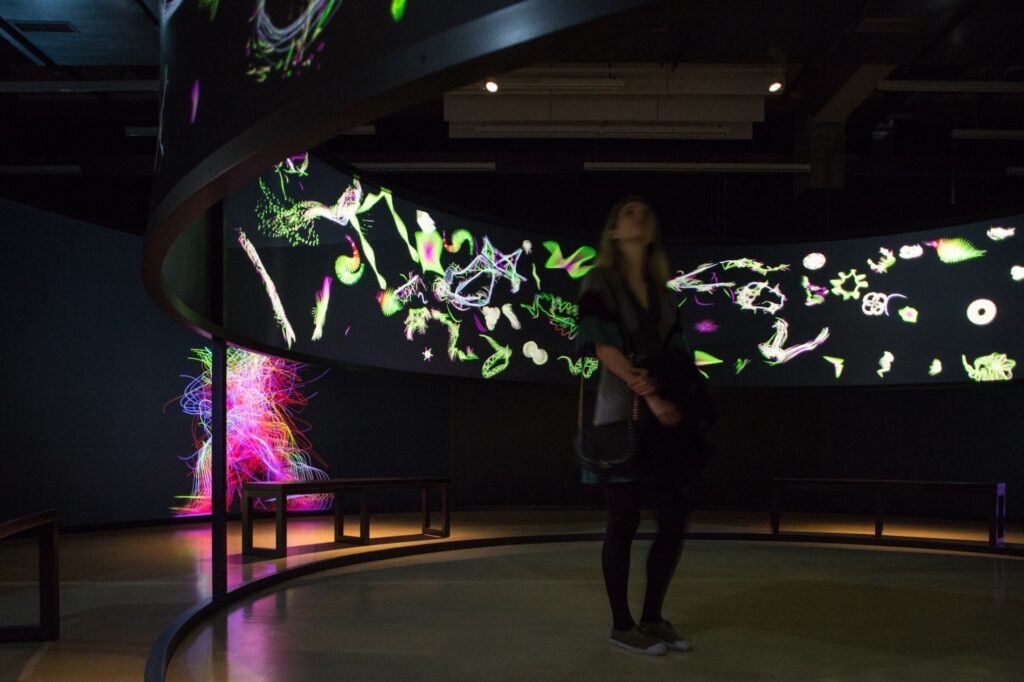Art-tech collaborations are by no means a new trend, but it is constantly growing. As various institutions around the world set up their own art and technology incubators and host collaborative exhibitions, almost every week we see exciting new projects that could change the way we look at both fields.
Here are 5 of our most successful from our point of view art-tech collaborations.
The Aether Project

This “immersive interactive environment” known as The Aether Project was created under the guidance of Guvenc Ozel and Casey Reas. The project uses Leap Motion sensors, projection mapping and robotics to create a semi-autonomous structure that appears to float around the room as projections transform its geometric facets.
Art Canvas

Fabio Rogerio S.J. and Marcos Frare contribute to the Google DevArt program, updating the art-tech collaborations project as it progresses. The idea of Art Canvas is to have a virtual drawing canvas with manual control as well as gestures and voice commands. The beauty of DevArt is that you can watch a project go from an idea to something amazing, a kind of tech-influenced art. At the time of this writing, a lot has probably already changed, so you should visit the Art Canvas page for the most up-to-date updates on their progress.
1000 Hands

Another Universal Everything project, 1000 Hands is an app that turns fingertip drawings into dynamic interactive art installations. The project was commissioned by the Science Museum’s Virgin Media studio, and visitors were invited to watch their drawings dance on circular projection screens. The app is already available for Android and iOS.
The Color Project at IFP

MPC New York and artist Thompson Harrell created this massive 27-screen installation for The Color Project. Another one of art-tech collaborations, the project uses satellite imagery from Google Earth, color sampling applications, and automated bots to create complex mosaics. Each mosaic consists of 324 individual images from different locations around the world. Watching all the video screens zoom in on different points on the planet is mesmerizing, and there’s no shortage of focus points as the sequence changes.
The Moment

Hyun Joo Sung and Mi Lung Bae created this audiovisual performance using parsed typography as an exploration of language. Using their individual skills as sound and visual programmers, Song and Bae designed this stunning piece to be shown on a three-screen projection system.

























